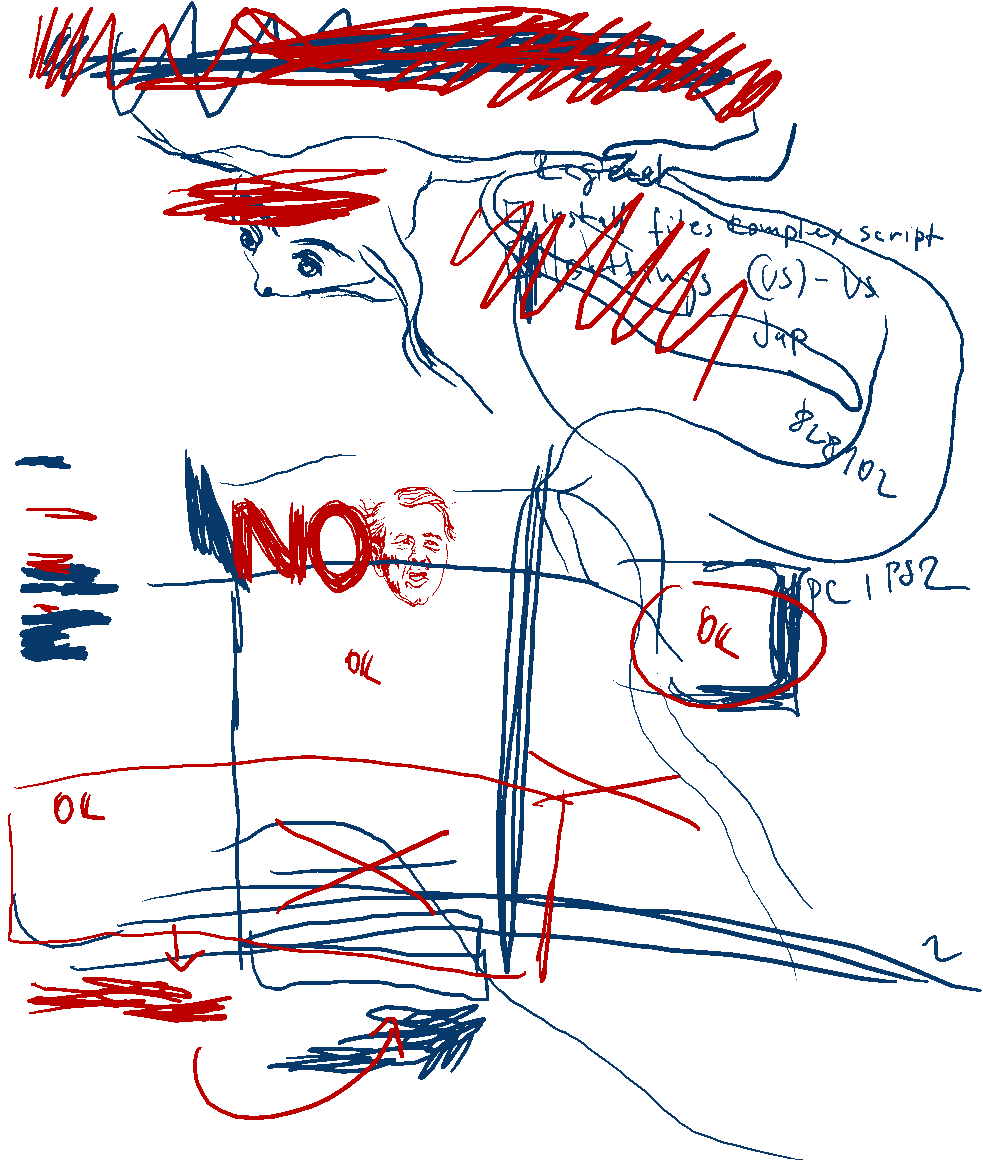At least 308 people sheltering in shelters of the United Nations Relief and Works Agency for Palestinian Refugees (UNRWA) have been killed and at least 1,095 have been injured since the Israel-Hamas war began on October 7, the agency said Friday on X, formerly known as Twitter.
The UNRWA also noted that “initial reports indicate on 25 December, 2 people sheltering in @UNRWA Maghazi Prep School were killed & 1 injured, result of a direct strike.”
CNN cannot independently verify these numbers.
In a statement sent to CNN on Thursday, the Israel Defense Forces (IDF) said that during “operations in the Gaza Strip against Hamas terrorist targets, IAF fighter jets struck two targets adjacent to which Hamas operatives were located on December 24, 2023.”
The strikes were against targets in the Al-Maghazi refugee camp. According to the Hamas-controlled Health Ministry, some 70 people were killed in the strikes.
The IDF has acknowledged that there was what it calls “unintended harm” to civilians as a result of air strikes in central Gaza on December 24.
“Before the strikes were carried out, steps were taken by the IDF to mitigate harm to uninvolved civilians in the area. A preliminary investigation revealed that additional buildings located near the targets were also hit during the strikes, which likely caused unintended harm to additional uninvolved civilians,” the statement said.
The IDF said the strikes would be further investigated by the General Staff’s Fact Finding and Assessment Mechanism. It said the IDF regretted the harm caused to uninvolved civilians and is acting to draw conclusions and learn lessons from this event.
More on the situation on the ground: Nearly 1.4 million displaced people are sheltering in 156 UNRWA installations with another 500,000 registered and accessing services from UNRWA, according to the agency’s statement on its official website on Wednesday.
The average number of internally displaced people in UNRWA shelters located in the middle and southern areas is over 12,000, UNRWA also said, adding, “This is more than four times their capacity.”
The IDF warned residents on Thursday in many parts of central Gaza that they must urgently leave while its operations against Hamas continue. The IDF issued a message in Arabic on X, formerly Twitter, instructing people in 15 identified blocks south of Wadi Gaza to move to shelters. The areas include the Al-Bureij refugee camp.
The lack of communications and internet access in Gaza, which have been degraded by Israeli air strikes, make it difficult to assess how many residents would be aware of what the IDF calls “urgent instructions.”
















